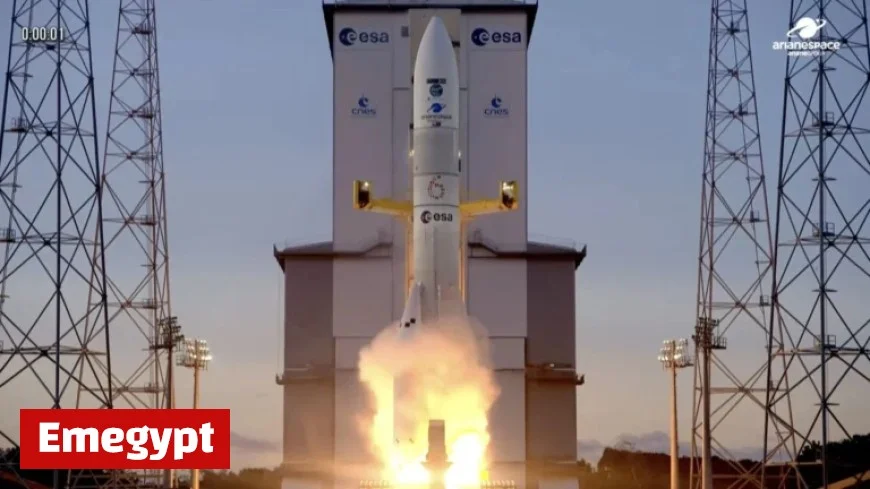Ariane 6 Launches Sentinel-1D Earth Observation Satellite into Orbit

On November 4, 2025, Europe’s Ariane 6 rocket successfully launched the Sentinel-1D Earth observation satellite into low Earth orbit (LEO). This marks the fourth flight for the Ariane 6, which took off from Kourou, French Guiana at 4:02 p.m. EST (21:02 GMT).
Ariane 6 and Its Historic Role
The Ariane 6 is designed as a successor to the retired Ariane 5, which served for 27 years before its retirement in July 2023. After a preliminary test flight in July 2024, the Ariane 6 completed two successful operational launches earlier in 2025, with the latest successful mission on November 4 bringing its total operational flights to three.
Mission Details
The Sentinel-1D satellite was deployed approximately 33.5 minutes after liftoff, reaching an altitude of 440 miles (708 kilometers). This satellite is part of the European Union’s Copernicus Earth observation initiative, critical for various sectors including disaster response and environmental monitoring.
- Launch Date: November 4, 2025
- Launch Time: 4:02 p.m. EST
- Deploy Altitude: 440 miles (708 kilometers)
- Function: Earth observation, disaster response, environmental monitoring
Significance of Sentinel-1D
Sentinel-1D aims to enhance Earth monitoring capabilities, replacing Sentinel-1A, which has been operational for over 11 years. The satellite works in unison with Sentinel-1C to deliver timely and comprehensive data. Both satellites feature C-band synthetic aperture radar (SAR) instruments for high-resolution imaging and advanced Automatic Identification System (AIS) for ship tracking.
Launch Context
This launch represents Europe’s fifth orbital mission of 2025. In addition to the three Ariane 6 launches, Arianespace’s Vega C smallsat launcher successfully completed two missions earlier this year. In comparison, SpaceX has conducted 140 Falcon 9 missions so far this year, primarily focused on building its Starlink network.
Future Implications
The successful deployment of Sentinel-1D underscores Europe’s commitment to robust satellite capabilities, vital for responding to environmental and humanitarian crises. This advancement enhances the operational capacity of the Copernicus program, ensuring continuous data acquisition for various stakeholders across the globe.




























